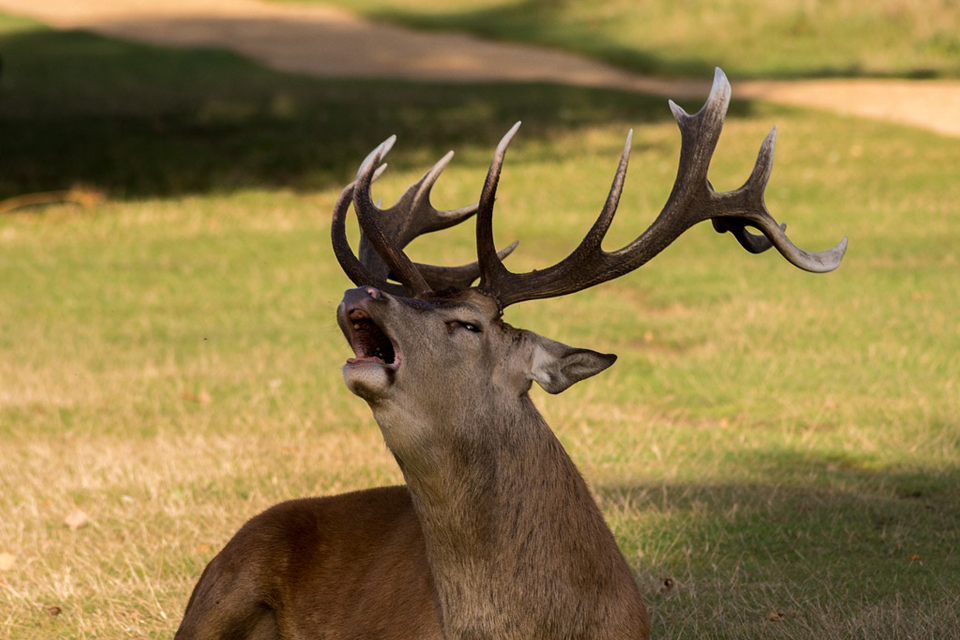
The Marvelous World of Deer Antlers
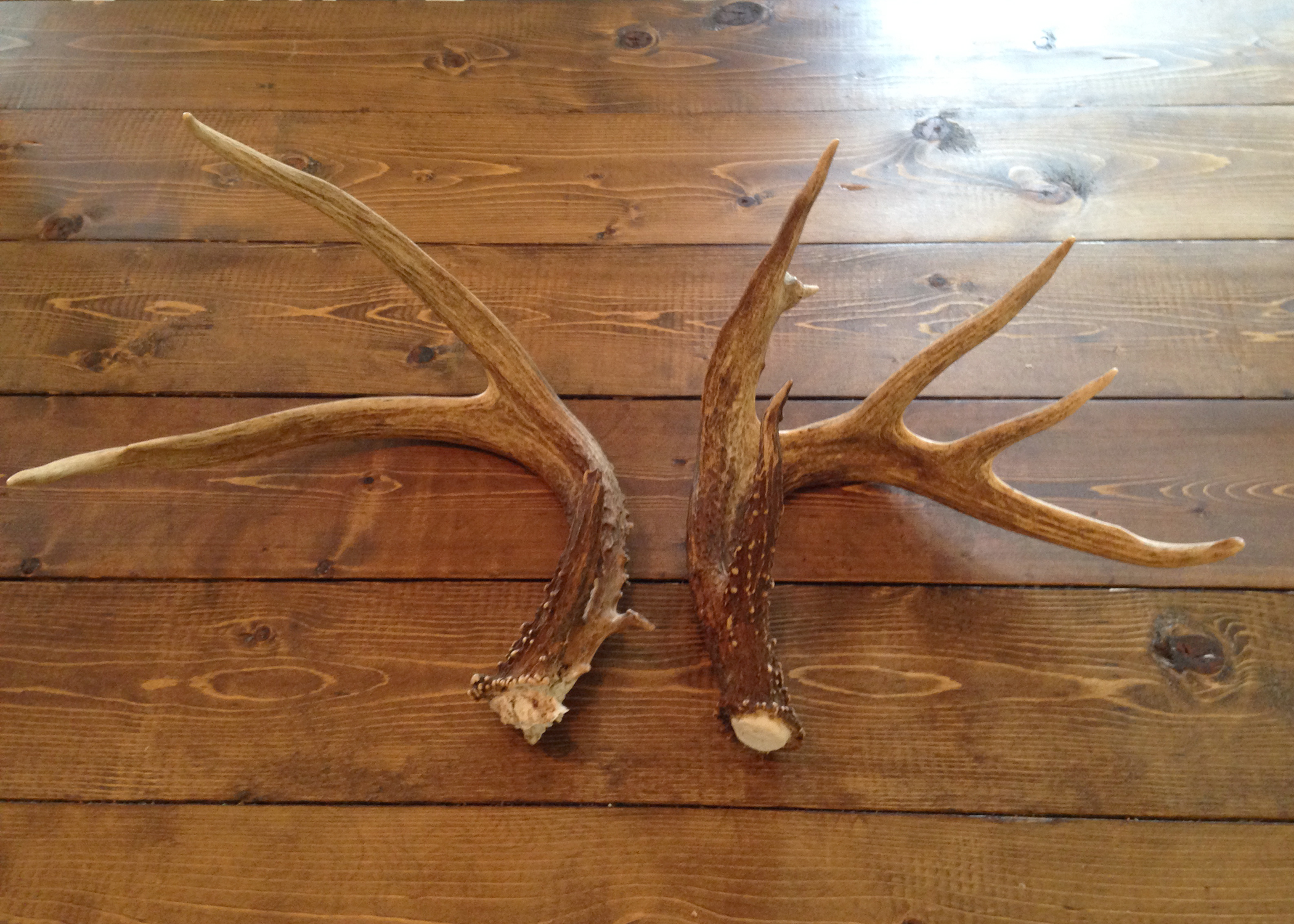
Deer antlers have captivated humans for centuries with their impressive size, intricate structure, and incredible regenerative abilities. Found exclusively in the male deer species, antlers serve various purposes, including dominance display, combat, and attracting mates. Let's dive into the fascinating world of deer antlers and uncover their remarkable features.
Understanding the Antler Growth Process
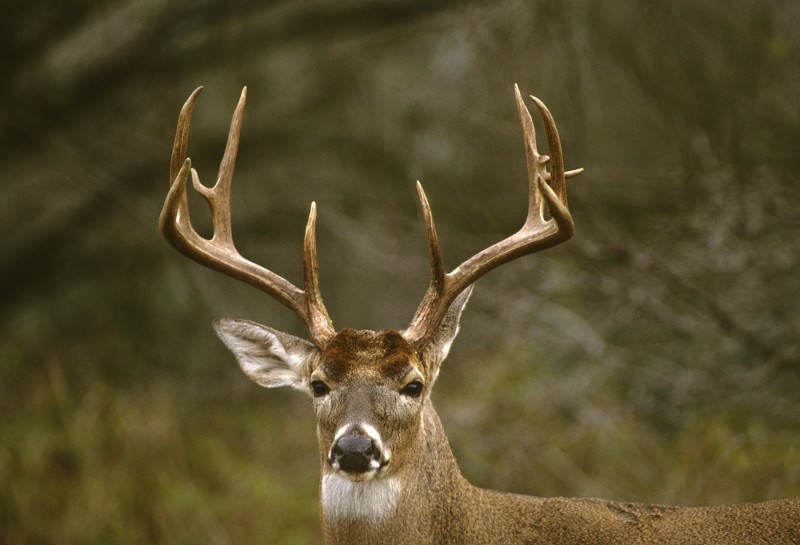
The growth of deer antlers is a unique and captivating process. Each year, male deer shed their antlers and regrow them, often in a larger and more elaborate form. This regrowth occurs through a complex process influenced by hormones, genetics, and nutrition.
During spring, deer antler growth begins as small bumps known as pedicles form on the deer's skull. These pedicles serve as the foundation for the antlers to grow. As the antlers develop, they are covered in a soft layer called velvet, which supplies blood vessels and nutrients to support their growth.
As the summer progresses, the antlers grow rapidly, fueled by the deer's high-protein diet. The antlers reach their full size by late summer or early fall, and the velvet covering begins to dry up and peel away. Once the velvet is shed, the hardened antlers remain until they are naturally shed in late winter or early spring.
The Purpose and Significance of Antlers

Deer antlers serve multiple purposes in the animal kingdom. One primary function is for dominance displays among male deer. The size, shape, and symmetry of antlers play a crucial role in determining a deer's social status and ability to compete for mates.
Antlers also serve as weapons during mating season when males engage in fierce battles to establish dominance and secure mating rights. These clashes can be intense, with deer using their antlers to lock and push against each other in a display of strength and determination.
Additionally, deer antlers are used to attract potential mates. The larger and more impressive the antlers, the more likely they are to catch the attention of females. Antlers act as visual signals of a male deer's genetic strength and overall fitness, making them an essential factor in the mating process.
A Diverse Range of Antler Types
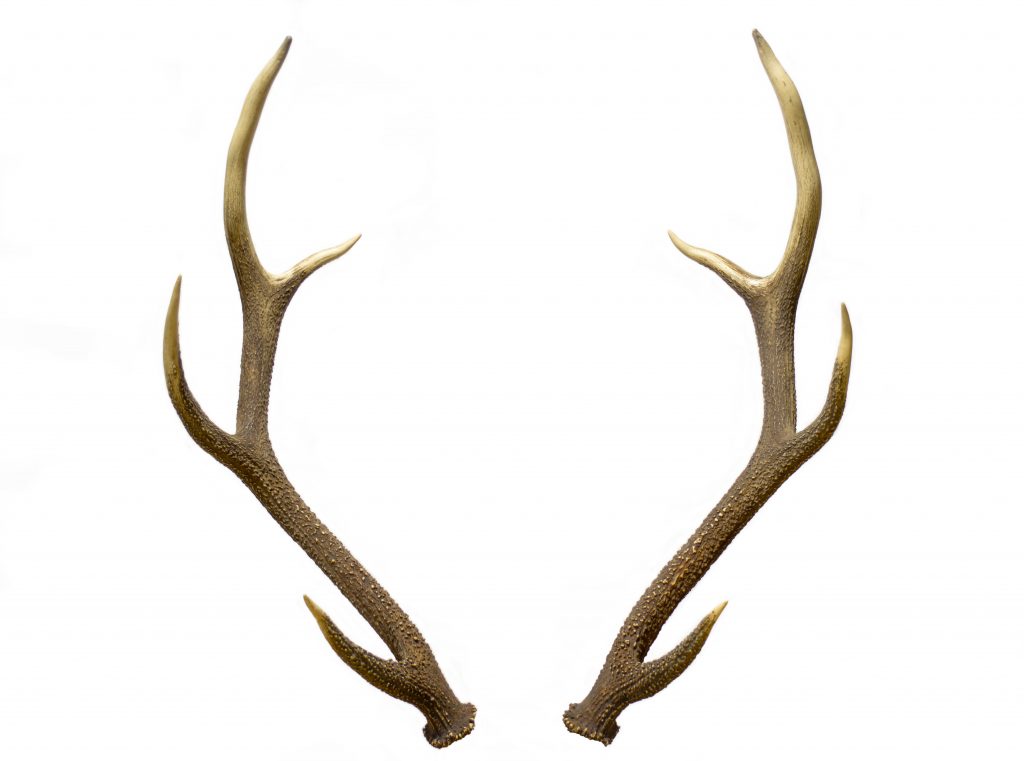
Deer species around the world exhibit a remarkable diversity of antler types. From the elaborate branching antlers of the North American elk to the single spike antlers of the muntjac, each species showcases unique adaptations and characteristics.
Elk, moose, and reindeer, for example, possess palmate antlers with broad, flattened surfaces resembling human hands. These antlers are designed for effective defense and dominance displays. In contrast, the fallow deer and white-tailed deer species have antlers with multiple branches, creating an intricate and visually stunning display.
Deer species found in different regions have evolved distinct antler types to suit their environments and survival needs. This diversity adds to the awe-inspiring beauty of these natural structures.
Antlers as a Symbol of Natural Regeneration
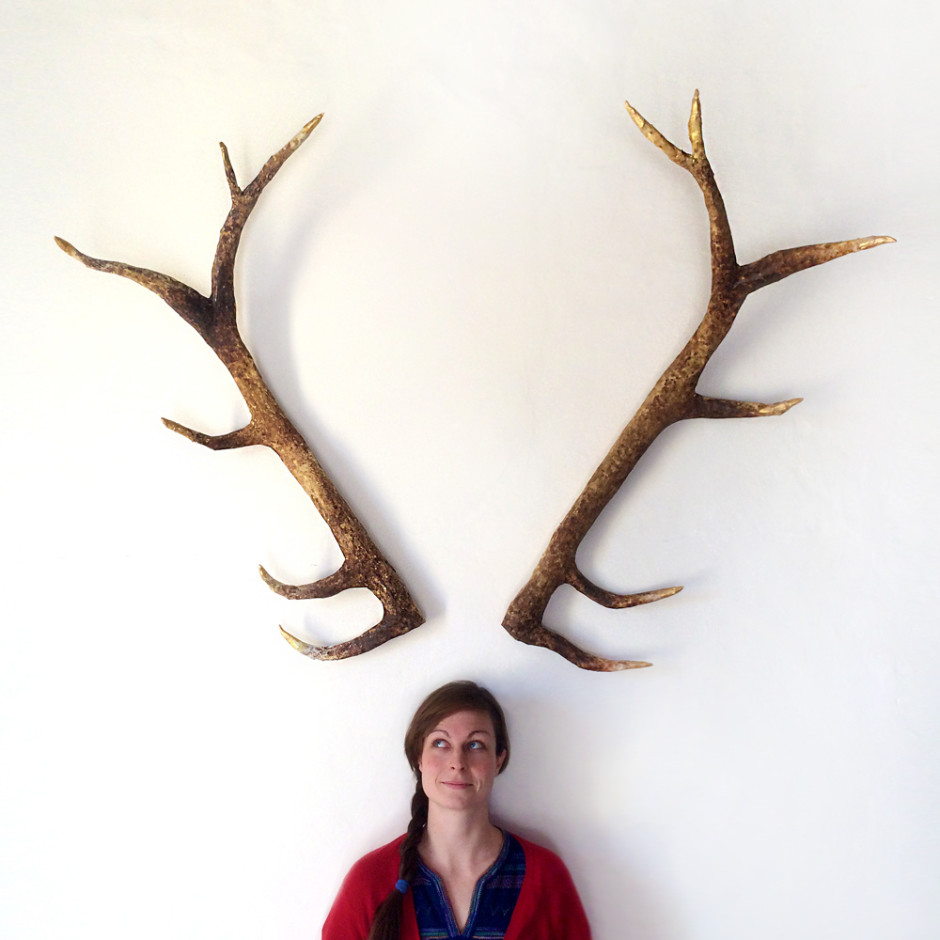
The ability of deer antlers to regenerate annually is a remarkable feat of nature. This regenerative process is the fastest known type of organ regeneration in mammals. It showcases the resilience and adaptability of these magnificent creatures.
Studying antler regeneration provides valuable insights into tissue regrowth and has the potential to contribute to medical advancements for humans. Scientists are exploring the regenerative properties of antlers to gain a deeper understanding of wound healing, bone regeneration, and even potential treatments for conditions such as osteoporosis.
The Economic and Cultural Significance of Antlers

Deer antlers hold significant economic and cultural value worldwide. They are used in the production of various products, including knife handles, furniture, jewelry, and traditional Chinese medicine.
In many cultures, antlers symbolize strength, wisdom, and the connection between humans and nature. They are often featured in art, folklore, and religious ceremonies. The cultural significance of antlers highlights their enduring impact on human societies throughout history.
The Conservation of Deer Species
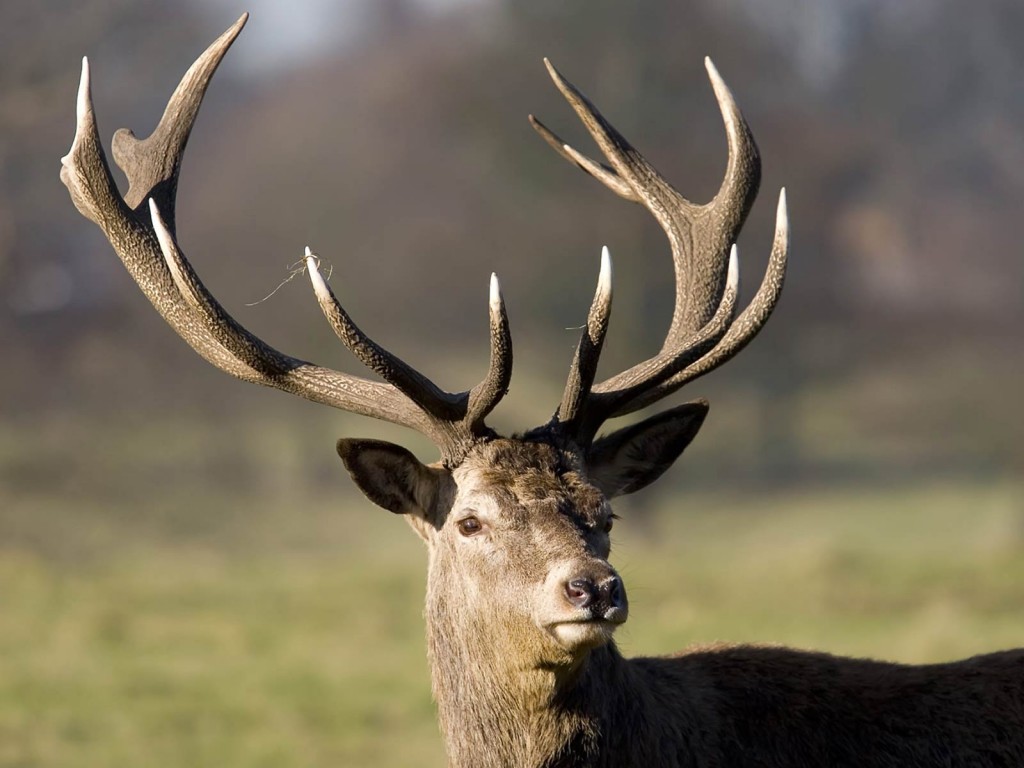
Preserving the populations of deer species is vital for maintaining the beauty and ecological balance of our natural ecosystems. Sustainable hunting practices, habitat preservation, and conservation efforts play crucial roles in ensuring the survival of these magnificent animals.
By understanding the biology, behavior, and significance of deer antlers, we gain a deeper appreciation for the intricate wonders of the natural world. From their regenerative abilities to their role in the animal kingdom, deer antlers continue to captivate and inspire us.